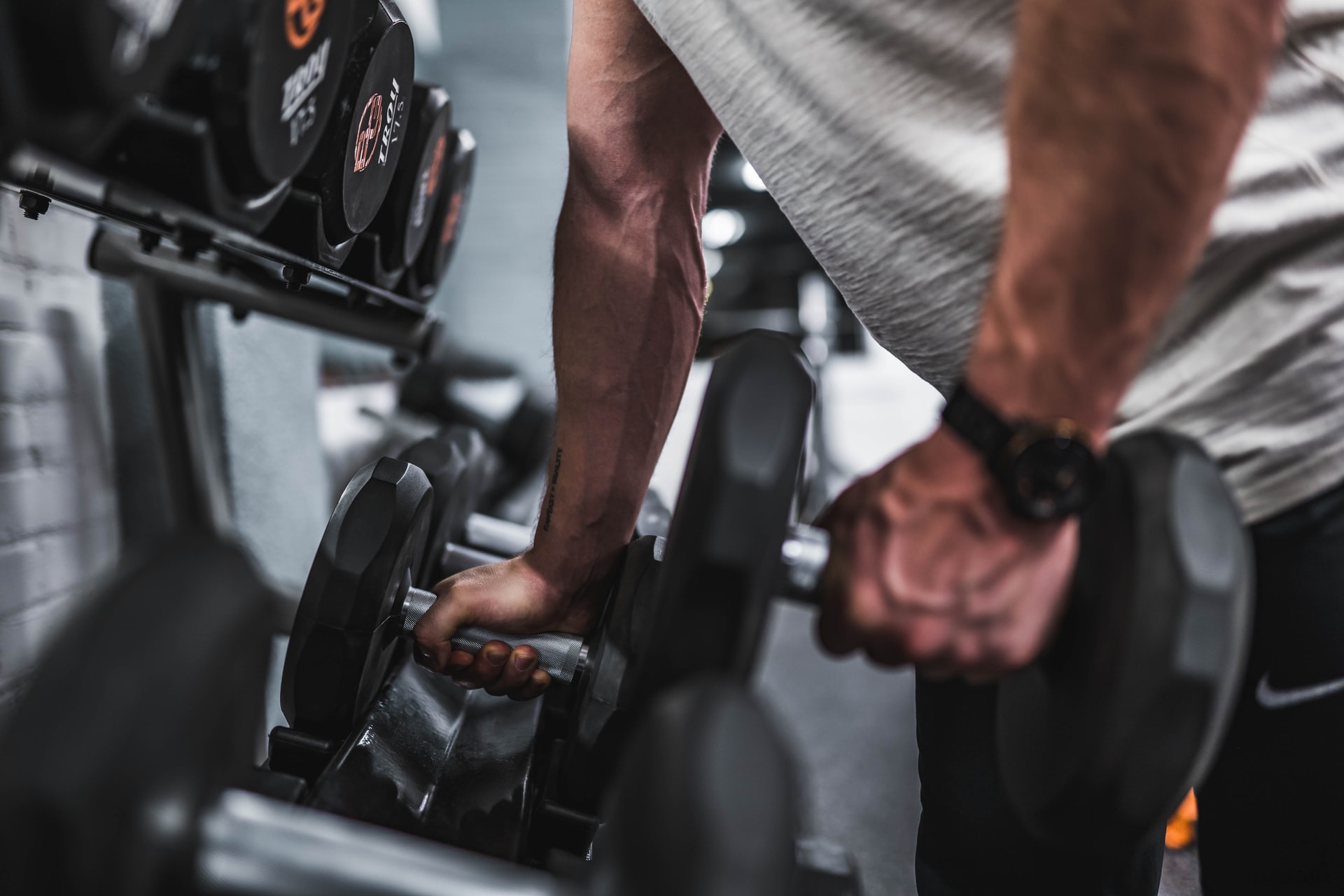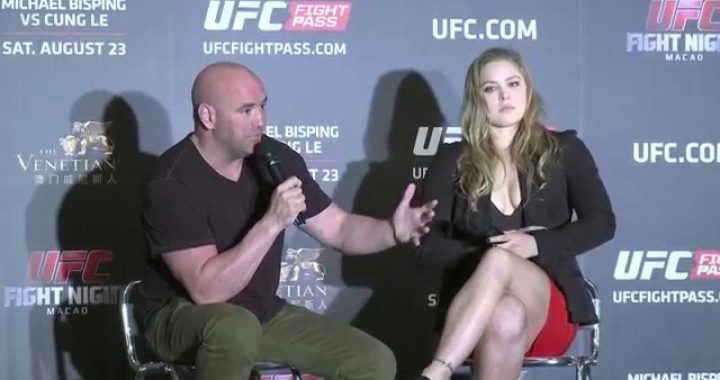
What kind of weight training do boxers do?
The training montage of Sylvester Stallone in Hollywood’s classic ‘Rocky’ can motivate anyone to hit the gym right away. But still, there is an ambiguity regarding the fact that do boxers need to include intense weight lifting sessions in their training plan. This post is going to elucidate the relevance of weight training in a boxer’s workout plan. Is it worth the grind for a boxer? Let’s have a look.
Is it good for boxers to lift weights?
No doubt, lifting weights will surely aid in improving the strength, athleticism, and overall performance of boxers to some extent. But it doesn’t mean that being a boxer, you need to hit 200 lbs on the bench press to take your game to the next level. Always remember that punching happens to be a snapping motion. It is certainly not a pushing motion. You must keep in mind that an explosive punch that can knock down your opponent is 99.99% snap and 0.01% push. So even if you can bench press twice your body weight, it doesn’t mean that your punches will be full of strength and power. As a boxer, you need to be concerned with improving your punching power rather than improving your pushing power. Isn’t it?
Don’t infer that we are asking you to exclude any kind of weight lifting from your workout plan. You can certainly use weight training to target certain muscle groups that are quite difficult to hit with bodyweight exercises. But at the same time, you need to keep in mind that you don’t overdo it. This is because at the end of the day, you want to have the speed, strength, and endurance of a boxer rather than to develop a well-built bodybuilding kind of physique.
Bodyweight exercises have always been a crucial part of any boxers’ training routine. Performing high volume push-ups, sit-ups, free squats, chin-ups, etc., aids in conditioning their body which further translates to a better performance in the ring. The bodyweight movements also help in stabilizing their core. It trains their body to work as a single unit which aids in delivering maximum power from their punches.
When it comes to boxing, the speed of the punch is as important as the power of the punch. Punching speed comes from relaxed muscles. When it comes to conventional weight training, it can make your muscles stiff. If your muscles are excessively strained and stiff, your punching speed will get compromised. So even if you throw a powerful punch, the chances of it being landed on your opponent may decrease to a considerable extent.
The bottom line is that a boxer can certainly include weight lifting in his training program, but it should not be overperformed. Dedicating a considerable amount of time solely to lifting weights is futile for a boxer. Certainly, it will provide him with various benefits, but most of them will simply not be required by him.

What weight training should boxers do?
The answer to this question can be found in the weight lifting routine of some of the most renowned boxers. Mike Tyson, undoubtedly, happens to be one of them. His weight training routine primarily consisted of bodyweight movements performed with a higher volume. However, he also included some conventional weight lifting exercises in his training program occasionally. This is evident from the fact that he was able to bench press 200 pounds in his teenage years.
Apart from Mike Tyson, boxers like Adrian Broner, Anthony Joshua, Miguel Cotto, and Tyson Fury have also included some sort of weight lifting exercises in their training programs. This is done with an intent to develop explosive power along with working on the overall conditioning. They certainly don’t perform any weight lifting exercises in a typical bodybuilding style. It will make them bulkier, thereby obstructing their speed and agility.
So if you are also looking to add some weight lifting sessions to your workout plan, make compound lifts the bread and butter of your weight training sessions. They help in hitting multiple muscle groups at a time. Exercises like squats, overhead presses, deadlifts, pull-ups, etc., should find a prominent place in your weight lifting regime. A boxer can also include some isolation movements like reverse curls or calf raises to work on his smaller muscle groups. However, boxers should not perform these exercises with the set/rep scheme of a bodybuilder or a powerlifter. For compound exercises, performing 3 sets of 5 reps each would serve pretty well to enhance overall strength levels. On the contrary, isolation movements can be performed for 2 sets of 8 reps each.
Core strength and core stability dictate better athletic performance. To work on it, a boxer should include exercises like crunches, variations of planks, leg raises, twists, etc., in his training routine. They can be performed for a relatively higher number of reps that may go up to 50 reps in a single set. Taking rest durations of 1-2 minutes between the sets is also recommended to make sure that the muscles recover well in-between the sets and don’t get fatigued excessively.
How many times a week should boxers lift weights?
A boxer should include weight training in his workout routine twice a week. However, if he is a newbie and just starting, performing weight lifting once a week will be more than enough. Based on his strength and conditioning levels, a boxer would require one to two full rest days to promote active recovery from such workouts.
Boxers usually have three workouts in a day. Hence, in an ideal scenario, you can dedicate two days of the week to upper body-oriented weight training and two days to lower body-oriented weight training. If you are a beginner, dedicating only one day of the week to each upper and lower body-oriented weight training will serve you pretty well. This will also ensure that you recover well and your muscle fatigue doesn’t obstruct your punching power, speed, and agility.
Final Words
The bottom line is that weight lifting should only be 20% of a boxer’s training program. The rest 80% should be focused on bag work, speed drills, enhancing stamina, and focusing on technique. This will promote strength and conditioning on the one hand, and that too without obstructing the speed and agility of a boxer, on the other.


























